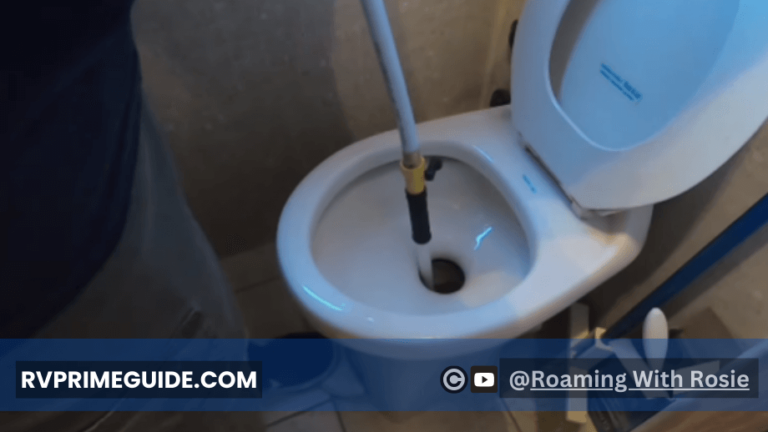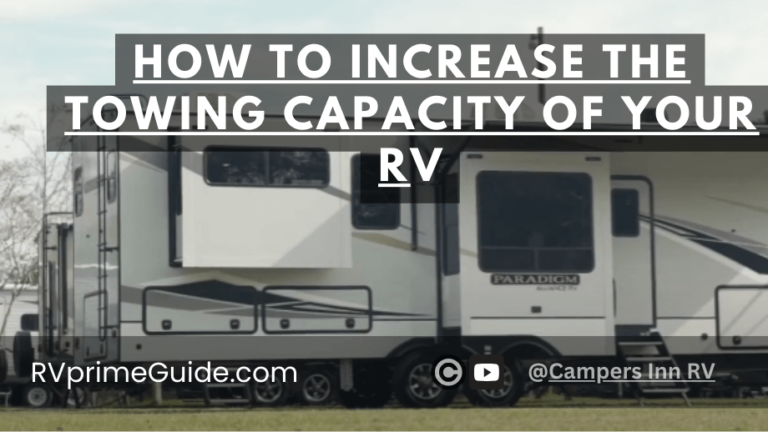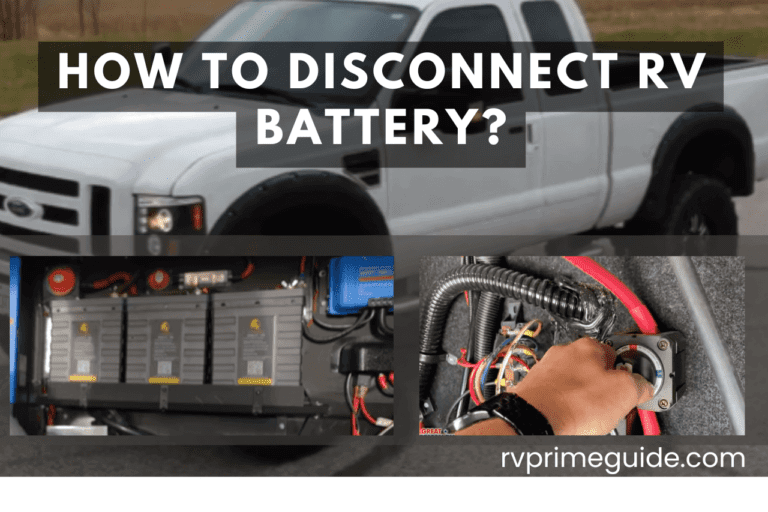RV Battery Disconnect Switch: Should It Be On or Off When Plugged In?
Wondering whether your RV battery disconnect switch should be on or off when plugged in? If you’re like many RV owners, you’ve faced this question while trying to optimize your battery’s lifespan and performance. Understanding when to engage or disengage your disconnect switch can save you from costly battery replacements and power issues.
In this guide, I’ll break down what the RV battery disconnect switch does, when to use it, and the key scenarios where you should keep it on or off. Having spent years troubleshooting RV power setups, I’ve gathered practical tips that will keep your RV powered and ready for the road. Let’s dive in!
1. Understanding the RV Battery Disconnect Switch
An RV battery disconnect switch is a simple but essential component. It allows you to disconnect your house battery from the RV’s electrical system with a flick of a switch. Here’s why it matters:
Learn more: Check out this detailed guide on RV electrical systems for additional insights into maintaining your RV battery setup.
- Preserve Battery Life: Prevents phantom power drains that can deplete your battery when the RV isn’t in use.
- Safety: Ensures no power flows during maintenance, reducing risks of accidental shocks or shorts.
- Convenience: Simplifies battery care during long-term storage.
Pro Tip: Most disconnect switches are installed near the battery compartment or in the RV’s control panel for easy access.
2. Should the Battery Disconnect Switch Be On or Off When Plugged In?

The answer depends on your specific situation. Here’s a quick breakdown:
- ON: When you need to use the RV’s 12V systems (lights, fans, appliances) while plugged into shore power.
- OFF: During storage or when you want to preserve the battery’s charge without risking overcharging.
Always consult your RV manual for specific guidance, as different setups may require unique approaches.
3. Scenarios Where the Switch Should Be ON
Boondocking and Dry Camping
If you’re not connected to shore power but still want to power your RV’s electrical systems, keep the switch ON to draw from your battery.
Using 12V Systems While Plugged In
Even when connected to shore power, some systems—like your RV fridge or certain lighting—might rely on 12V power. Keep the switch ON to ensure functionality.
Charging the Battery
Most modern chargers and converters can manage battery charging effectively while in use, so the switch can remain ON to ensure a healthy charge cycle.

4. Scenarios Where the Switch Should Be OFF
Long-Term Storage
Turning the switch OFF during extended storage prevents phantom drains that can shorten your battery’s lifespan.
Preventing Overcharging
If your RV doesn’t have a smart charger, there’s a risk of overcharging the battery when left connected for long periods. Disconnecting ensures safety.
Maintenance Work
Whenever you’re working on your RV’s electrical system or battery, switch OFF the battery to avoid accidental shocks or equipment damage.
5. Potential Risks and Safety Tips

| Risk | Safety Tip |
|---|---|
| Overcharging | Use a smart charger or monitor voltage regularly. |
| Battery Ventilation Issues | Ensure proper ventilation to prevent gas buildup. |
| Power Surges | Invest in a surge protector for added safety. |
| Faulty Disconnect Switch | Inspect the switch regularly for wear or damage. |
External Resource: To dive deeper into battery maintenance, visit Battery University, a trusted source for battery care tips.
Caution: Never attempt to modify electrical components without proper knowledge. Consult a professional for major repairs.
FAQs
1. What happens if I leave the disconnect switch ON while storing my RV?
The battery may experience phantom drains, leading to a shorter lifespan.
2. Can I damage my battery by leaving the switch OFF during charging?
If the charger isn’t connected directly to the battery, it won’t charge properly when the switch is OFF.
3. How do I locate and operate the disconnect switch?
The switch is typically near the battery compartment or on the control panel. Check your owner’s manual for precise details.
4. Is it necessary to use the switch if I have a solar charging system?
Yes, depending on the setup. Consult your solar system manual for optimal operation.
5. What are the signs of a faulty disconnect switch?
Inconsistent power, difficulty toggling the switch, or visible wear may indicate an issue.

Conclusion
For related topics, check out our guide on how to remove an RV battery and RV battery charger troubleshooting.
Deciding whether to keep your RV battery disconnect switch on or off when plugged in comes down to your specific needs and circumstances. By following the guidelines in this article, you can protect your battery, prevent unnecessary wear, and ensure your RV is ready for the road when you are. Remember to prioritize safety and perform regular maintenance for the best results.






